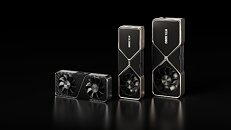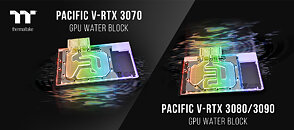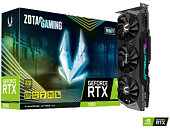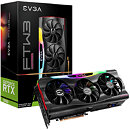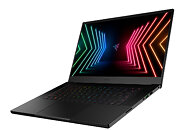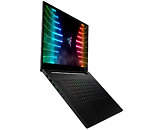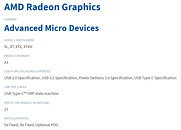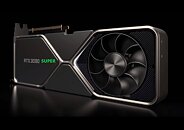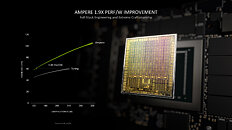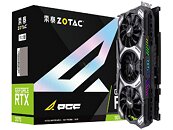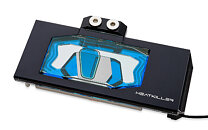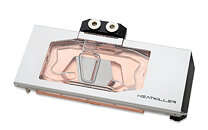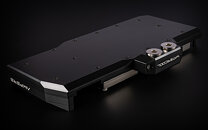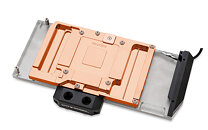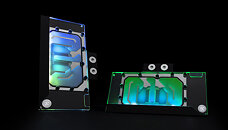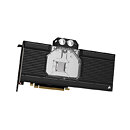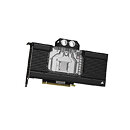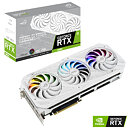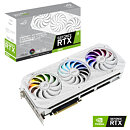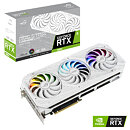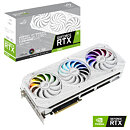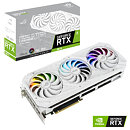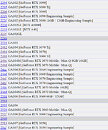
NVIDIA GeForce RTX 30-Series GPU Availability to Reportedly Worsen in Q1
The availability of NVIDIA's GeForce RTX 3000 series "Ampere" graphics cards has been a problem ever since it launched. High demand paired with insufficient supply has caused quite some disturbance in the supply chain and has caused the MSRP of the GPUs to increase. Firstly, we were promised that the situation would resolve around May when NVIDIA is expecting to match the supply with the demand. However, according to the recent report, that might not be the case. Alternate, a European retailer operating in Belgium, the Netherlands, and Germany, has spoken to NVIDIA about the supply of the GeForce RTX 3000 series Ampere graphics cards.
According to the retailer, the situation with the card is such that the availability is scarce. When it comes to the GeForce RTX 3090, there are very few deliveries, but only a few open orders. The RTX 3080 sees very few cards coming with many open orders. The RTX 3070 has few cards incoming, but few open orders. And last but not least, the RTX 3060 Ti has very few cards coming, and a moderately high amount of open orders. If you are aiming to buy a card, your best chances would be with RTX 3090 and RTX 3070, as they do not have such high demand. On the other hand, RTX 3080 and RTX 3060 Ti cards are almost impossible to source as they all have a big waiting list. Alternate says that they work on a "first in first out" principle of delivering cards to consumers, so if you are not on the list you are likely going to wait for even longer.
According to the retailer, the situation with the card is such that the availability is scarce. When it comes to the GeForce RTX 3090, there are very few deliveries, but only a few open orders. The RTX 3080 sees very few cards coming with many open orders. The RTX 3070 has few cards incoming, but few open orders. And last but not least, the RTX 3060 Ti has very few cards coming, and a moderately high amount of open orders. If you are aiming to buy a card, your best chances would be with RTX 3090 and RTX 3070, as they do not have such high demand. On the other hand, RTX 3080 and RTX 3060 Ti cards are almost impossible to source as they all have a big waiting list. Alternate says that they work on a "first in first out" principle of delivering cards to consumers, so if you are not on the list you are likely going to wait for even longer.
